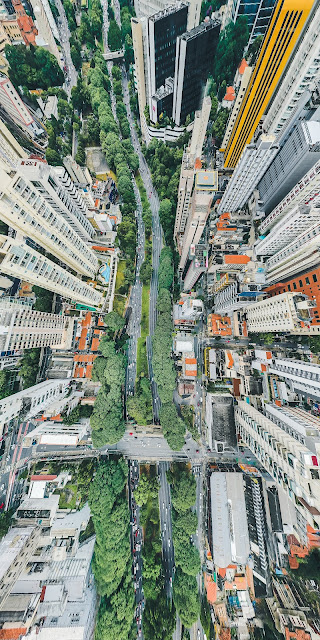Urban Development and the Challenges of Megacities: Enhancing Urban Growth and Overcoming Major Hurdles
Introduction:
Urbanization is a global phenomenon that has been rapidly transforming the landscape of cities, leading to the emergence of megacities. The complex process of urban development brings forth a multitude of challenges for these sprawling metropolises. This article delves into the intricacies of urban development and explores potential strategies to improve it while addressing the formidable challenges faced by megacities.
The Dynamics of Urban Development:
Urban development encompasses the evolution of physical, social, and economic structures within a city. Megacities, defined by their populations exceeding ten million, experience unique dynamics that require tailored approaches. The unprecedented influx of people into urban areas poses both opportunities and challenges.
Population Growth and Infrastructure Strain:
Megacities grapple with the immense pressure on infrastructure due to rapid population growth. Roads, public transportation, and utilities strain under the weight of expanding urban populations, leading to congestion and inefficiencies.
Housing Shortages and Slums:
The soaring demand for housing often outpaces the construction of affordable and adequate living spaces, resulting in the proliferation of informal settlements and slums. Addressing housing shortages is crucial for sustainable urban development.
Environmental Degradation:
The concentrated human activities in megacities contribute to environmental degradation. Issues such as air and water pollution, deforestation, and the heat island effect become exacerbated, necessitating eco-friendly urban planning strategies.
Economic Disparities:
While megacities serve as economic hubs, they also witness stark economic disparities. The challenge lies in promoting inclusive growth and ensuring that the benefits of urban development reach all segments of the population.
Strategies for Improving Urban Development:
Smart Urban Planning:
Implementing smart urban planning involves the use of technology to enhance the efficiency of city operations. Intelligent transportation systems, data analytics for resource management, and sustainable infrastructure contribute to a more resilient urban environment.
Affordable Housing Initiatives:
Governments and private entities should collaborate to develop affordable housing solutions. This can include incentives for real estate developers, community land trusts, and mixed-income housing projects to address the housing shortage and reduce slum proliferation.
Green and Sustainable Infrastructure:
Integrating green spaces, promoting renewable energy sources, and adopting sustainable waste management practices are crucial for mitigating environmental degradation. Urban development plans should prioritize eco-friendly initiatives to create more livable cities.
Inclusive Economic Policies:
Policymakers should focus on formulating and implementing inclusive economic policies that reduce income inequality. Job creation, skill development programs, and social safety nets can help ensure that the benefits of urbanization are shared equitably.
Public-Private Partnerships:
Collaboration between the public and private sectors is essential for financing and executing large-scale urban development projects. Public-private partnerships can bring together resources, expertise, and innovation to tackle challenges more effectively.
Conclusion:
In conclusion, the development of megacities is a multifaceted process that demands comprehensive strategies to address the challenges posed by rapid urbanization. Smart planning, affordable housing initiatives, sustainable infrastructure, inclusive economic policies, and collaborative efforts between public and private sectors are pivotal in shaping the future of urban landscapes. By embracing these strategies, megacities can evolve into vibrant, inclusive, and sustainable hubs that improve the quality of life for their residents while safeguarding the environment for future generations.

تعليقات
إرسال تعليق